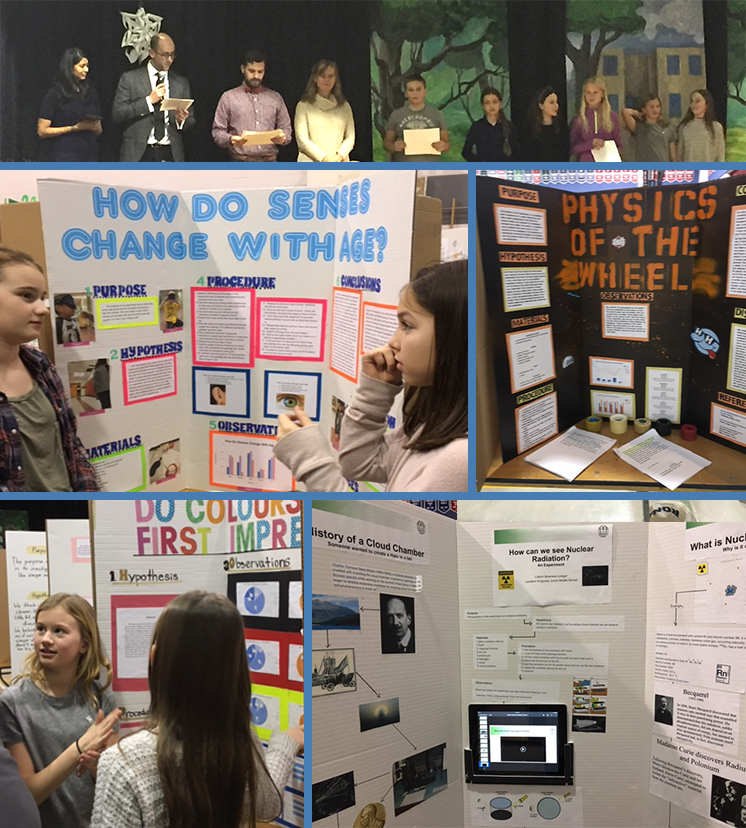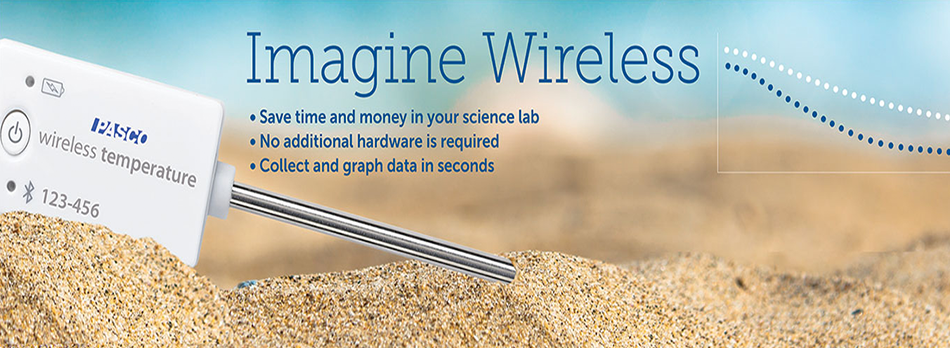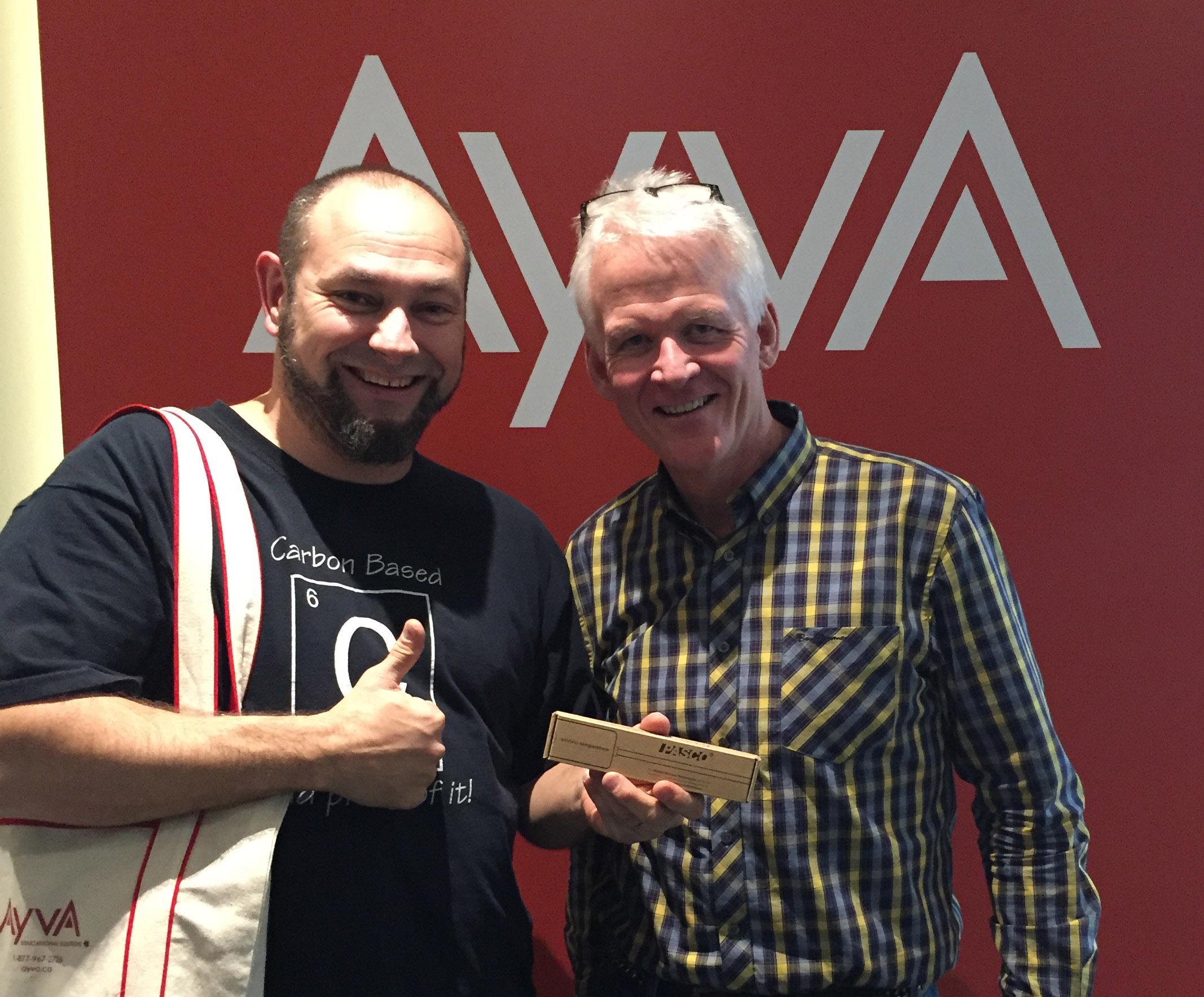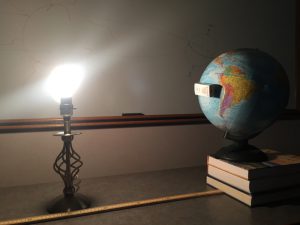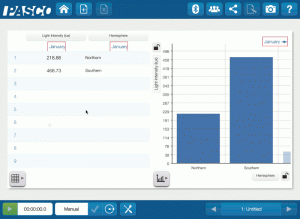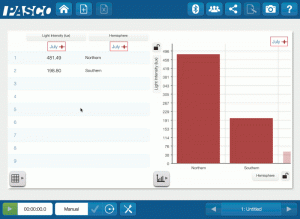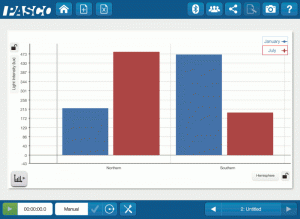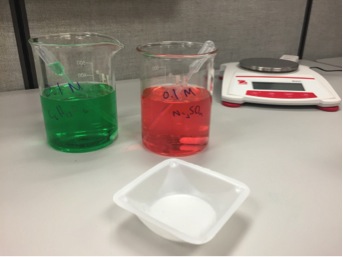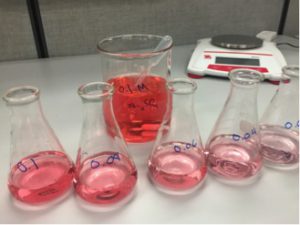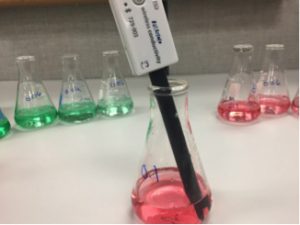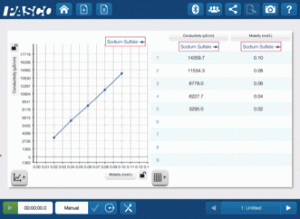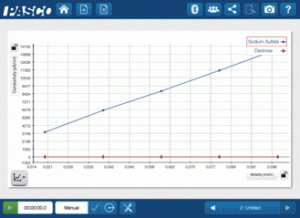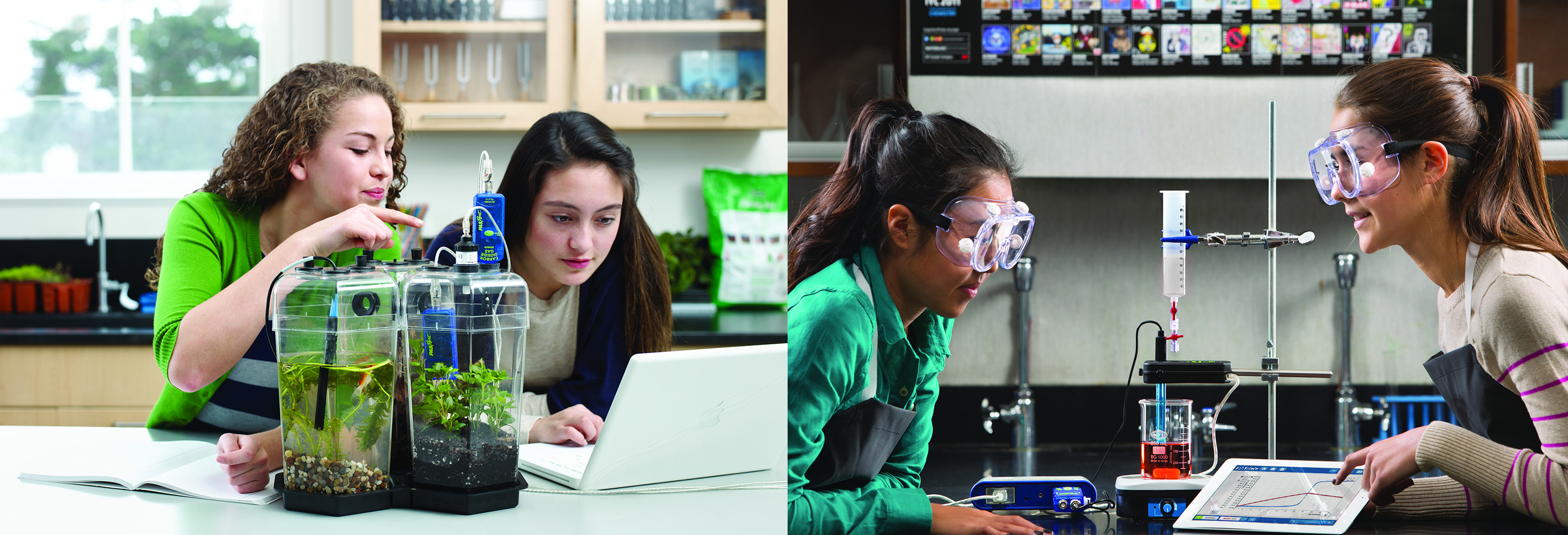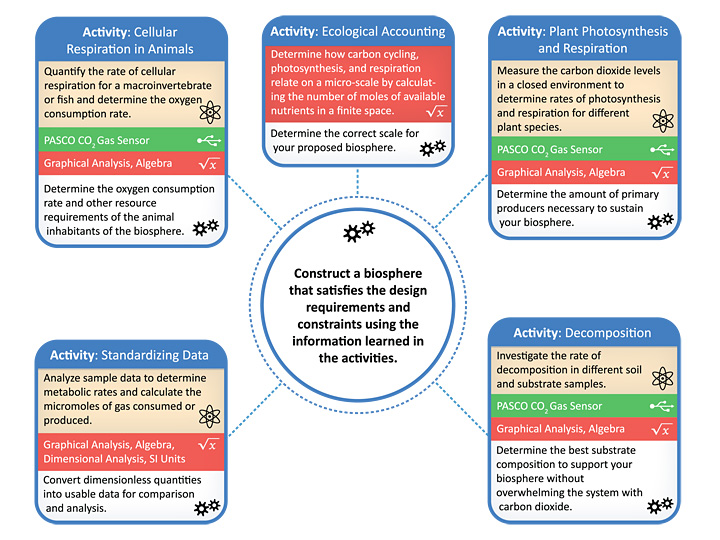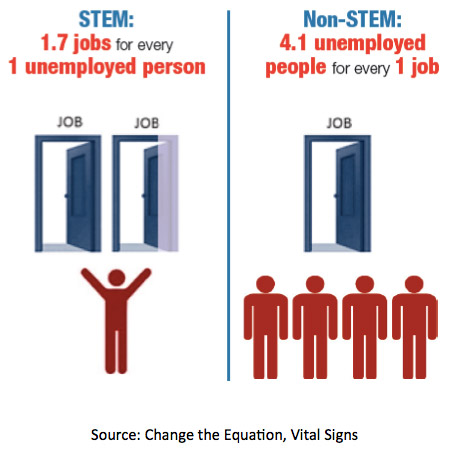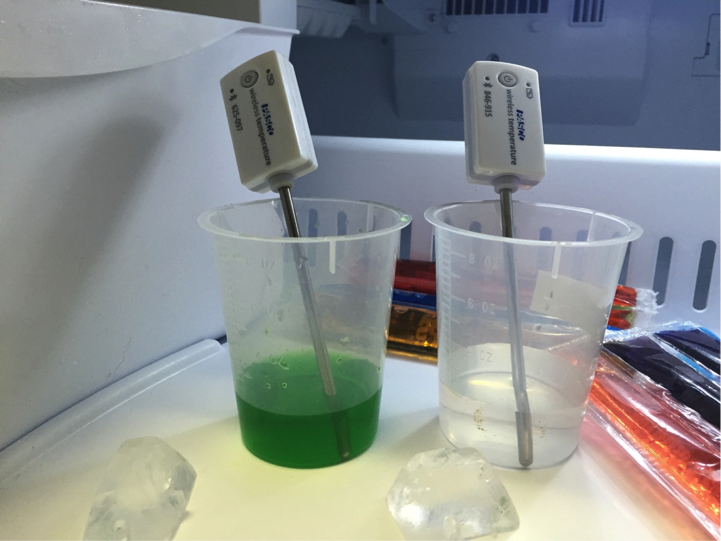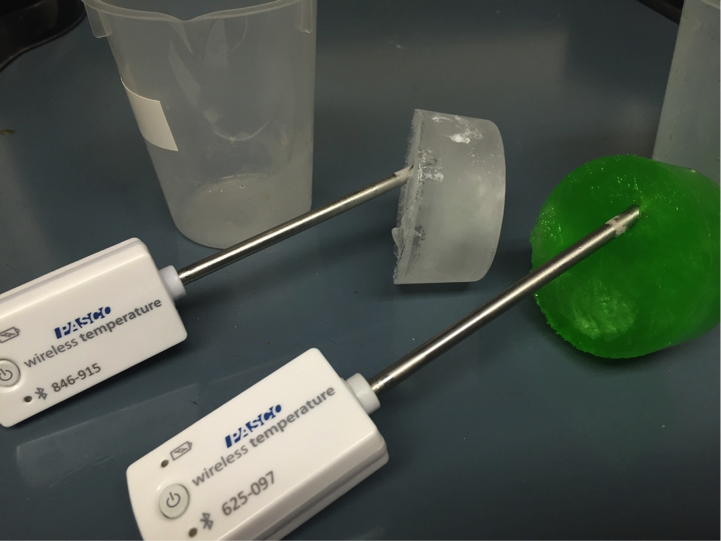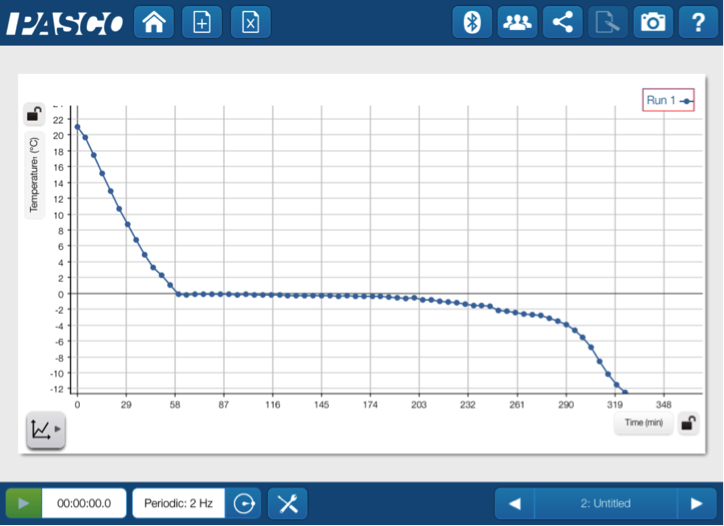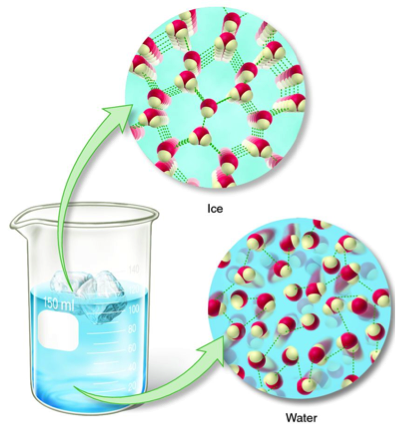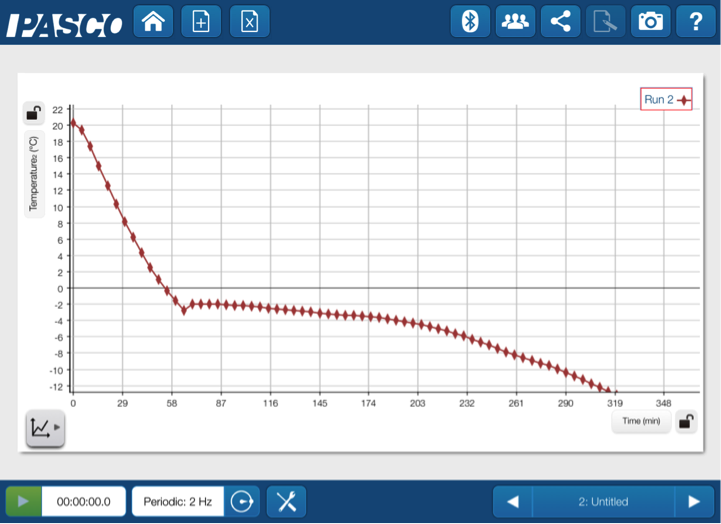Show Me The Money! Multiple strategies for funding your Wireless Sensor Purchase
It seems that many public schools are operating with science budgets that haven’t increased in over 20 years and are barely sufficient to purchase the consumable requirements for the year. However, despite this wide spread apparent lack of funds many schools are still finding the means to make a significant investment in wireless sensor technology. When possible we ask our customers how their purchase is being funded. See below for a summary of the range of responses we’ve received. Regardless of the funding source, the following points are often incorporated in the successful grant proposals.
Wireless sensors:
- Support a STEM approach to teaching/learning
- Are superb tools for Formative and Summative Assessment
- Support Inquiry-based Learning
- Are compatible with BOYD, iPad and Chromebook initiatives
- Are extremely portable and can be easily shared throughout the school
- Are very durable and may outlast your teaching career
Click here for a presentation on the educational arguments for wireless sensors:
Popular Funding Sources
- Your Science Budget
- You can purchase a probe ‘system’ for as little as $71 (the cost of a Wireless Temperature sensor). Wireless sensors are very affordable because no interface is required and the Sparkvue software can be downloaded at no charge. At these prices there is no need to wait for a windfall of new money to get started.
- Your Principal
- Most schools have discretionary funds that are controlled by their principals. With competing interests these funds can be challenging to access, however with the right pitch and supporting documentation you just might be able to sway some additional dollars in your science departments direction. Your principal will like the fact that probes can be easily shared, and that they support STEM approaches to learning.
- Your Board’s Technology Funding Grants
- We often get sizeable orders from schools that have received an internal grant from their board to fund a technology initiative. The orders sometimes accompany and an iPad or Chromebook purchase. Try reaching out to an instructional technology resource contact in your board to see what funding opportunities might be available.
- New Schools
- Those fortunate enough to be teaching in a school within the first few years of opening have the opportunity to get their science program started on the right foot. We have lots of experience in equipping new schools with sensors and would be very happy to assist you in compiling a list of instructional materials to support all areas of the science curriculum.
- Corporate Advertised Grants
- Many Corporations offer provincial and national grants to fund educational projects. To see some of the currently offered grants being offered check our grant and scholarship section of our website. These grant can be quite generous and are definitely worth checking out.
- Non Advertised Corporate Grants
- Corporations receive significant tax breaks and enjoy the good will which is generated when they fund educational initiatives. Although many larger companies have allocated budgets for grants and sponsorships, they’re not typically publicized. This is where following the credo ‘it never hurts to ask’ can really work to your school’s advantage. To start you might want to approach a close friend or relative whose company you feel may be good candidate.
- Your Parent Council
- Parent councils love to fund the purchase of science probes. Councils take great pride in their schools and are easily persuaded of the potential for probes to make a tangible difference in their children’s education. Parents also recognize that career opportunities in STEM are more plentiful and financially rewarding than other paths and are keen to support technologies that make science more engaging.
Be sure to share the ‘Imagine Wireless’ presentation with the council.
- Parent councils love to fund the purchase of science probes. Councils take great pride in their schools and are easily persuaded of the potential for probes to make a tangible difference in their children’s education. Parents also recognize that career opportunities in STEM are more plentiful and financially rewarding than other paths and are keen to support technologies that make science more engaging.

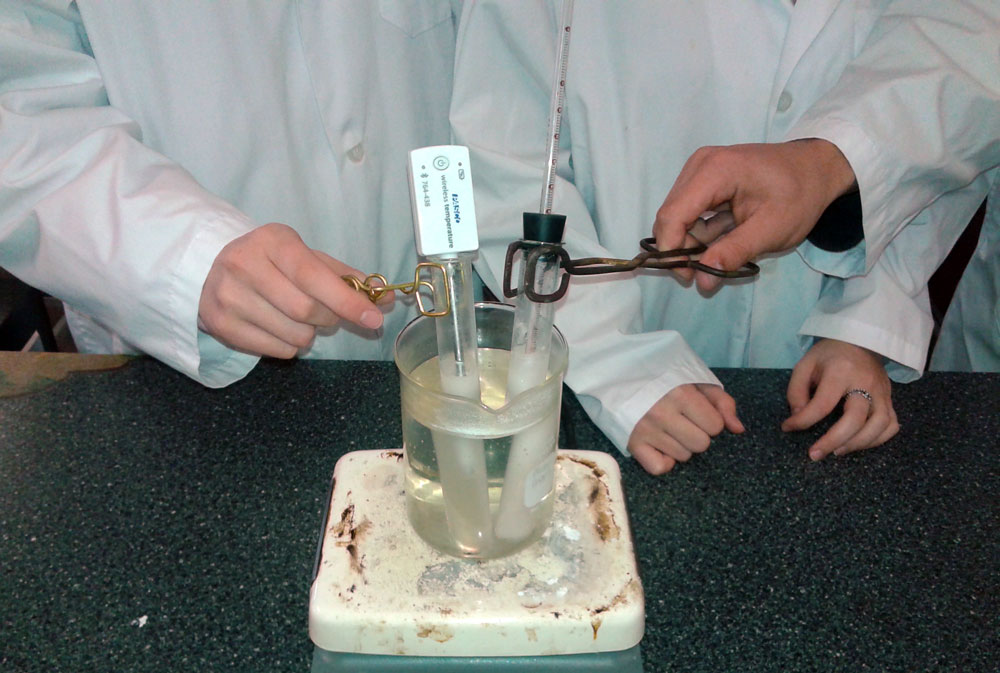 In this lab we melted wax in a test tube and measured the temperature as it cooled over 30 minutes.
In this lab we melted wax in a test tube and measured the temperature as it cooled over 30 minutes. 